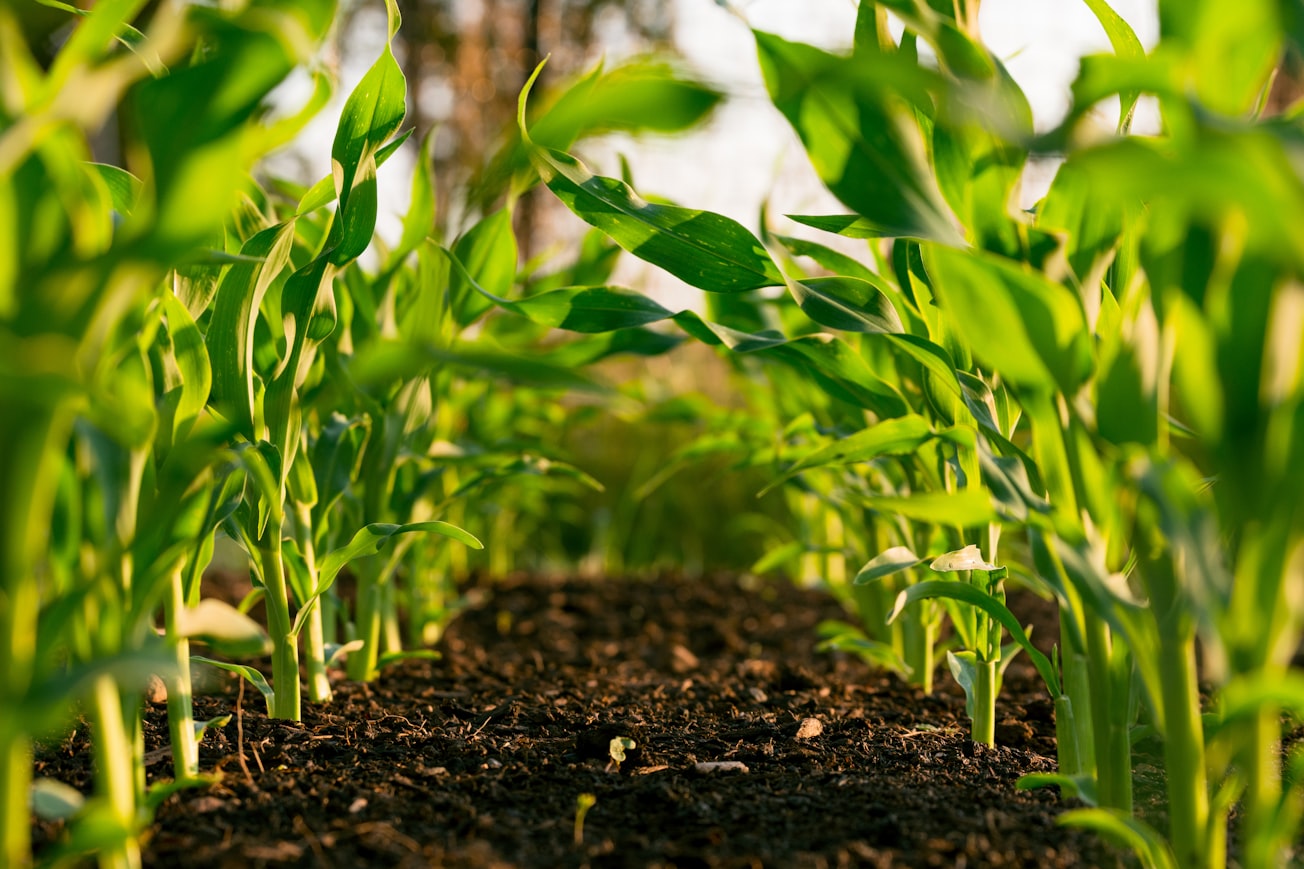What is it about?
The global population is increasing and, with it, the global food consumption. This has put pressure on agriculture and natural resources, threatening food security. The situation is further aggravated by climate change effects such as extreme weather and land degradation (which affects 29% of the total arable land) hampering crop yield. Over the past decade, researchers have recognised the major role of micro-organisms in restoring ecosystems. The ‘phytobiome,’ or plant-associated micro-organisms, is responsible for vital functions such as pathogen protection, abiotic stress tolerance, and nutrient acquisition. This knowledge could potentially help develop practical agricultural technologies. However, it requires an understanding of the complexities inherent in agroecosystems. The authors of this study review up-and-coming sustainable microbiome manipulation methods and find out how their beneficial traits can be used. They classify the strategies available into three main categories: introduction and engineering of microbiomes, host plant breeding and engineering, and agricultural practices for enhancing the phytobiome and soil microbiome communities. For each of these categories, the authors review current research trends, priorities, and future perspectives. They suggest that the most successful strategies are likely to be those adopting a holistic approach to the inter-play between microbiome, plant and environment.
Featured Image

Photo by Steven Weeks on Unsplash
Why is it important?
The rising world population has put food security at risk. As a result, new sustainable agricultural practices need to be developed. With the vital role of microorganisms in agroecosystems coming to light, this study suggests that plants need to be considered not as individuals but as a bigger entity comprising the plant, its microbiome, and the environment. This could help frame better recommendations concerning crop diversification, intercropping, and regulation of fertilisers and pesticides. KEY TAKEAWAY Microbial resources and their sustainable exploitation are key to overcoming the future challenge of securing global food requirements.
Read the Original
This page is a summary of: It takes three to tango: the importance of microbes, host plant, and soil management to elucidate manipulation strategies for the plant microbiome, Canadian Journal of Microbiology, July 2020, Canadian Science Publishing,
DOI: 10.1139/cjm-2020-0085.
You can read the full text:
Resources
Contributors
Be the first to contribute to this page







